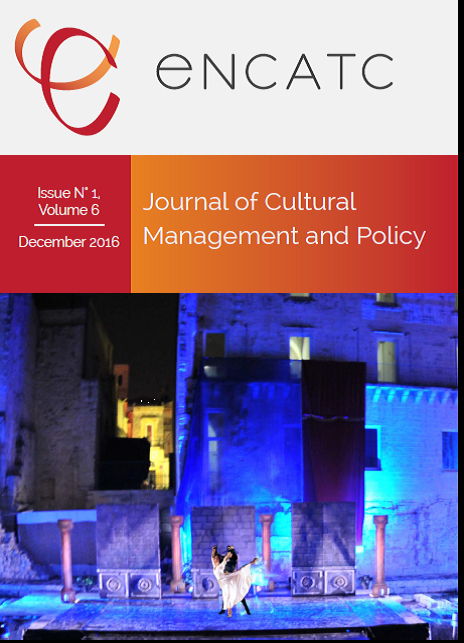Reports and Resources
SPAR Publications Presentations & Talks
SPAR-data presetantions part of SAA's 2017 Outreach Roadshows
SPAR researcher Ian McWilliams presented SPAR data-talks (including the infamous SPAR Quiz) at two SAA outreach events in rural Saskatchewan.
- On March 25, the Saskatchewan Arts Alliance with the Art Gallery of Swift Current hosted a community forum luncheon which welcomed people from all over the South West District of Saskatchewan. Concerns discussed were the latest cuts in the provincial budgets and artist isolation. However, those in the attendance brought their positivity that included their success stories and new ideas for their communities.
- On April 7, Rosthern's Station Arts Centre hosted a SAA reception & round table discussion. The event brought together people from Rosthern as well as Warman and Prince Albert. The community was very positive and had many brags they wanted to share such as their successful projects with the youth of the community, Arts in the Alley, multitude of dance organizations that have a large number of new Canadians, successful fundraisers. Concerns discussed included artist isolation and the need for more artist training purposes, and concerns over library funding.
Artists, Connections, and the Place of Education in the Arts Ecology of Saskatchewan
In February 2017,SPAR hosted an Saskatchewan Arts Educators meeting. As an introduction, data from SPAR surveys, focus groups and interviews was presented as well as data from the SAA's report: Fine Arts and Arts Education Resources at Saskatchewan Universities: An Analysis of Trends.
ENCATC Journal of Cultural Management and Policy Volume 6, Issue 1
SPAR's article “Understanding the Role of Cultural Networks within a Creative Ecosystem: A Canadian Case-Study” appears in the ENCATC Journal of Cultural Management and Policy Volume 6, Issue 1. Using SPAR’s artist-centred, primary research, the article offers insights into the current dynamics of artists’ networks, how such networks function, and the health of the province’s creative ecosystem. It demonstrates the value of this type of research in Saskatchewan and elsewhere.
ENCATC is the European Network on Cultural Management and Policy (more info).
Citation: BLACKSTONE, M.; HAGE, S; MCWILLIAMS, I. (2016). Understanding the role of cultural networks within a creative ecosystem: a Canadian case-study. ENCATC Journal of Cultural Management and Policy, 6 (1). pp 13-29.
Artists, Connections, and the Place of the University in the Arts Ecology of Saskatchewan
In November 2016,SPAR presented the talk: Artists, Connections, and the Place of the University in the Arts Ecology of Saskatchewan at the University of Regina's MAP Presentation Series
Presenter: Dr. Ian McWilliams, Respondents: Dr. Mary Blackstone and Sam Hage.
The Nomad's Perspective at SAA's 2016 Arts Congress: Into the Future Wild
In May 2016 SPAR presented survey data at the SAA's 2016 Arts Congress. In a talk entitled The Nomad’s Perspective, SPAR presented interim results from surveys and consultations. A picture emerges of a healthy level of creative potential and productivity as well as a strong and complex web of networks linking artists and their communities. But is this sustainable? Challenges and obstacles threaten the ecosystem’s long term vitality.SPAR gave a talk entitled This is How We Work Together as part of the 2015 Community Research Showcase, presented by the University of Regina’s Community Research Unit (CRU), in partnership with Heritage Saskatchewan. It profiled academic and community-based researchers whose projects demonstrate a commitment to collaborative research. Find out more about the CRU here.
 SPAR’s presentation Cultivating a Creative Ecology from the Artists’ Perspective: Evidence from Saskatchewan was well-received at the Creative City Network of Canada 2015 Creative City Summit in Kelowna, BC.
SPAR’s presentation Cultivating a Creative Ecology from the Artists’ Perspective: Evidence from Saskatchewan was well-received at the Creative City Network of Canada 2015 Creative City Summit in Kelowna, BC.
SPAR's ENCATC paper: Understanding the Role of Cultural Networks within a Creative Ecosystem: A Canadian Case-Study is available in the conference e-book (pages 78-94), as well as here.
A final version will be published in ENCATC Journal of Cultural Management and Policy.
The SPAR Presentation at ENCATC, based upon this paper, is available here.
Abstract: Despite prevailing theories which presume the importance of networks linking artists and others in their communities, we lack sufficient systematic, artist-centred, primary research for a good understanding of how such cultural networks function. To address this lacuna, a project fostered by the three major arts organisations in Saskatchewan is employing quantitative surveys of artists and the public as well as qualitative interviews and consultations to understand such networks and their connection with broader networks at local and national levels. With the first publicly funded agency for arts support in North America and until recently, a buoyant economy fuelling a diversifying and increasingly indigenous population, established formal and informal cross-disciplinary networks which created a vibrant cultural ecology in Saskatchewan are in transition. Insights into the current dynamics of these cultural networks and the health of the province’s creative ecosystem demonstrate the value of such research in Saskatchewan and elsewhere.
Paper presented by Dr. Mary Blackstone at the Social Theory, Politics, & the Arts (STP&A) Conference in Ottawa (Oct 10, 2014) in the session "Research and Practice: Knowledge and Methodological Aspects."
